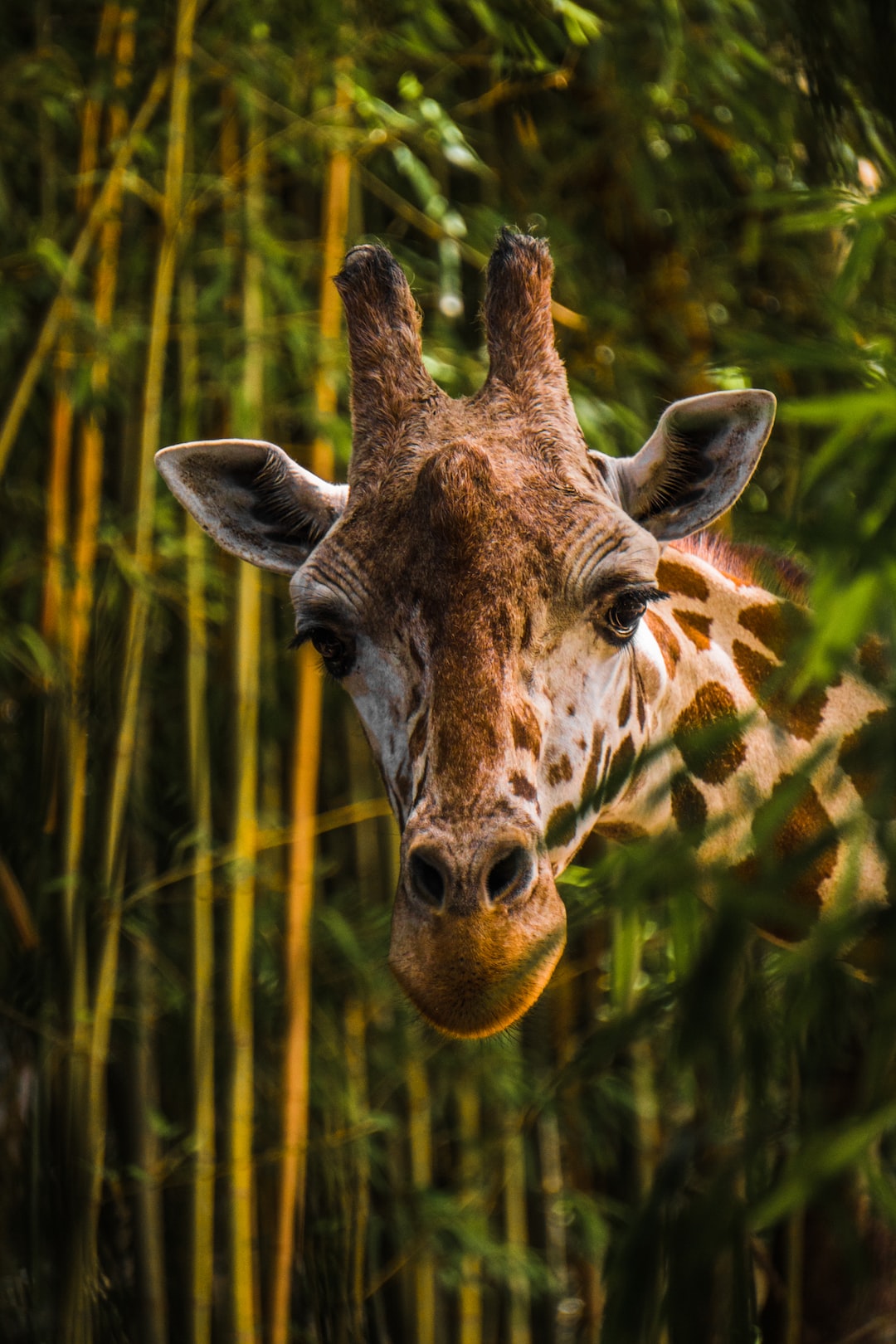The Curious Case of Animal Intelligence: From Primates to Birds
Nature has always showcased remarkable abilities that have sparked our curiosity and challenged our own understanding of intelligence. From the majestic primates swinging through trees to the mesmerizing avian creatures soaring across the sky, animals possess a level of intelligence that deserves our attention and respect. Today, we delve into the curious case of animal intelligence, exploring the magnificent abilities of primates and birds.
Primates, particularly our closest relatives, such as chimpanzees and bonobos, have long fascinated scientists with their cognitive capabilities. These incredible creatures exhibit complex problem-solving skills, tool usage, and even a rudimentary form of communication through sign language. Jane Goodall’s groundbreaking research on chimpanzees revealed their ability to fashion and use tools, such as twigs to extract ants from anthills, displaying a level of intelligence previously only attributed to humans.
However, primates are not the only intelligent animals that captivate our attention. Birds, with their melodic calls and graceful flights, are another fascinating group that showcases remarkable intellectual capabilities. One of the most well-known examples of avian intelligence can be found in the African grey parrot, famously demonstrated by the late Alex, a parrot studied by animal psychologist, Irene Pepperberg. Alex showcased an astonishing understanding of numbers, colors, and shapes, making connections and demonstrating logical reasoning abilities that shocked the scientific community.
Another fascinating example of avian intelligence lies within the crow family. Crows are one of the few animal species that have displayed the ability to use and manufacture tools. In a remarkable study conducted by Professor Alex Kacelnik at the University of Oxford, New Caledonian crows were shown to be capable of fashioning hooks out of twigs to retrieve unreachable food. This ingenuity and problem-solving ability demonstrate not only intelligence but also a level of understanding of causality that was previously thought to be unique to humans.
So, what does this all mean? The cognitive abilities of these creatures suggest that intelligence may not be confined solely to humans or even mammals. It challenges the notion that intelligence is a characteristic unique to our species and prompts us to reassess our treatment of the animal kingdom.
Understanding animal intelligence is not just a fascinating scientific pursuit; it also has practical implications. By comprehending the cognitive abilities of animals, we can make informed decisions regarding their welfare and conservation. Recognizing their intelligence allows us to advocate for better treatment, reducing their suffering in captivity and preserving their natural habitats.
It is crucial to resist underestimating or undervaluing the intelligence of animals. From primates to birds, they exhibit extraordinary cognitive abilities that rival our own. Acknowledging and studying their intelligence can provide us with valuable insights into our own cognitive evolution and the complexities of the natural world.
The curious case of animal intelligence reminds us of the wonders that exist beyond human comprehension. It reveals a tapestry of diverse minds unfolding in various ways, enriching our understanding of the intricate web of life. By recognizing the cognitive abilities of animals, we gain a greater appreciation for their remarkable existence and are compelled to protect and care for them.
In conclusion, the remarkable intelligence displayed by primates and birds challenges our perception of what it means to be intelligent. From problem-solving skills to complex tool usage, these animals demonstrate cognitive abilities that invite us to rethink our understanding of intelligence. The study of animal intelligence not only broadens our horizons but also emphasizes the importance of respecting and safeguarding the remarkable creatures that share our planet.

